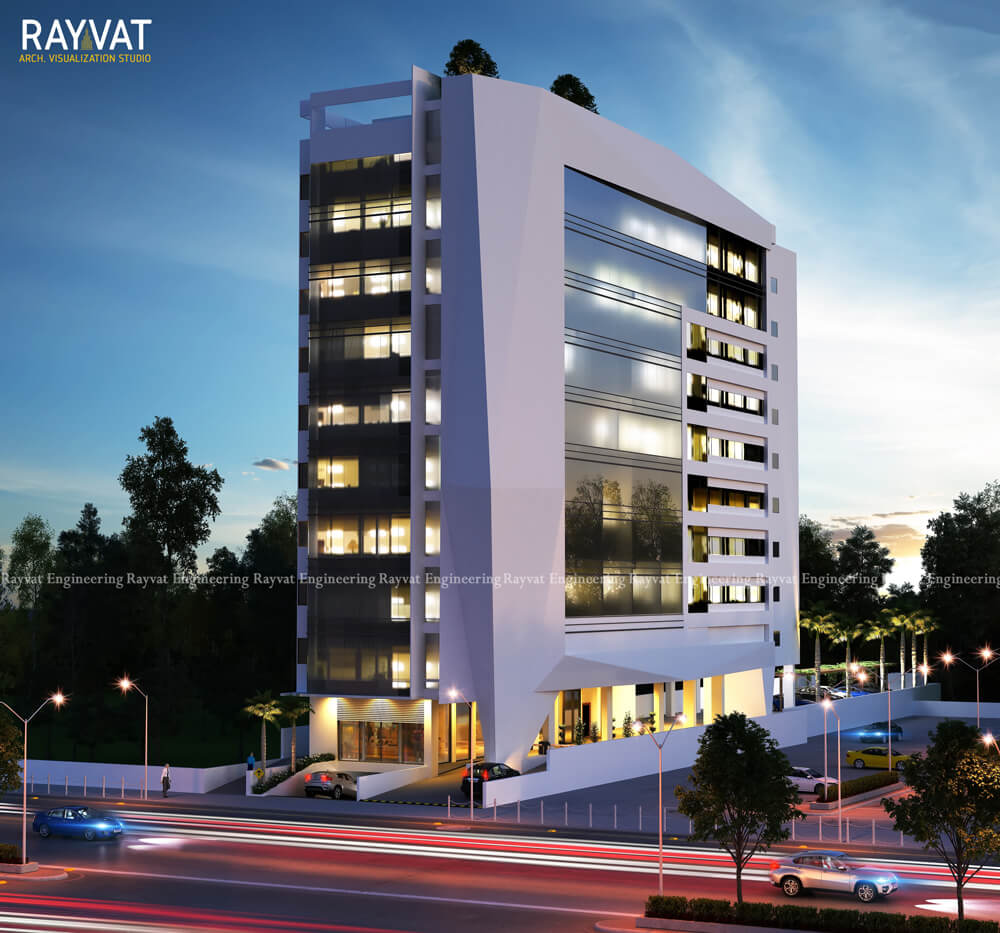
There was a time when no self-respecting rendering would certainly enable itself to be seen in public without a zeppelin hovering somewhere in its desaturated skies. Cover girls in haute couture garments strutted throughout opera entrance halls, blasé mindsets, and uninterested expressions contributing to the exclusivity of the room. These tricks are still extensively used yet considering that it’s very early day’s Architectural Visualization has seen significant technological improvements that permitted it to ideal cinematic methods depending on shade, lighting, framing, composition, and angles to communicate the state of minds.
This disciplinary overlap in between architecture and movie is necessary for using comparable software and modeling methods and has brought both closers through the concept of storytelling, a notion intrinsic to both disciplines. In Architectural Visualization, if the spirit of the primary feeling isn’t engaging and influential enough, the feature of images is decreased to spewing info currently provided through schematics and illustrations.
A surplus of visual content, induced partly by the democratization of architectural publishing, has produced an almost adult fixation on architectural depiction, rendering methods in particular. Computer created imagery is no longer an intermediary in between an idea and its realization – however, a completed product by itself. Different rendering styles have emerged over the years, similar in approach and design to identifiable cinematic tropes.
The David
The David flaunts its flawlessly mapped appearances, lifelike yard, and medically accurate reflections to the factor that, like the android child David in Spielberg’s A.I., the architecture looks a bit too excellent.
The Mad Max
City lights lowered, the “metropolitan wasteland” waits for the look of the new advancement whose lights seem to be the only sign of life for miles around.
The Whodunit
These renderings sport a large environment achieved by desaturating the picture or utilizing just dark blue and environment-friendly tones. Stormy skies, shadowy figures, and sharp contrasts develop tension that transforms rooms right into potential film noir crime scenes.
Paranormal Activity
Blended so well right into their surroundings, these jobs are practically not there. Buildings look like beautiful echoes of themselves held up by light and memory, rather than concrete pillars and pieces.
The Gondry
The stubborn college strategy might feel anachronistic yet, once in a while. It makes a great comeback. The combination of images, makings, and drawing can be remarkably reliable and advises of Michel Gondry’s distinct visual design. In its most speculative form, The Gondry might consist of unicorns, film celebrities, space ships and an intermediary photo of Le Corbusier.
The Theodore
The Theodore might be a subcategory of Paranormal Activity, yet, unlike the latter, it is discovered mainly amongst representations of interiors. Ventilated spaces and higher than generous amounts of scattered lighting make one intend to lay back in an armchair and dictate a sincere love letter, similar to Theodore in Spike Jonze’s “Her.”
The Katherine Heigl.
Romantic snowbound streets, apparent silence of the first snow, youngsters were having a good time, pairs holding hands, and a building behind-the-scene. The Katherine Heigl promises a delighted closing and a lighthearted story enacted around the omnipresent new building. This category includes sundown’s, images whose huge sections show meadows, woodlands, parks, and all type of pastoral surroundings.
There was a time when no self-respecting rendering would enable itself to be seen in public without a zeppelin floating someplace in its desaturated sky. Supermodels in haute couture garments strutted throughout opera entrance halls, blasé perspectives, and withdrawn expressions including to the exclusivity of the room. These gimmicks are still widely made use of, yet considering that it’s very early day’s architectural visualization has seen significant technological developments that allowed it to ideal cinematic strategies relying on color, lighting, framing, make-up, and angles to convey moods.
An overabundance of visual content brought on partly by the democratization of architectural posting has produced a nearly pornographic fixation on architectural representation, rendering techniques in specific. The mix of photos, renderings, and drawings can be surprisingly efficient and advises of Michel Gondry’s distinct visual design.